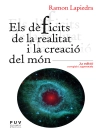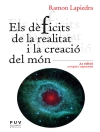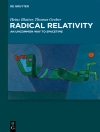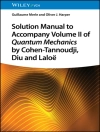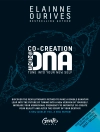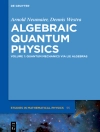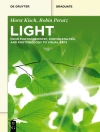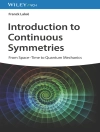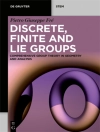The natural generalization of the quantum-mechanical N-particle wave function to relativistic space-time is a function of N space-time points, and thus of N time variables. This book, based on a collection of lectures given at a spring school in Tübingen in 2019, provides an accessible and concise introduction to the recent development of the theory of multi-time wave functions, their use in quantum field theory, their relation to detection probabilities, and the mathematical question of consistency of their time evolution equations. The book is intended for advanced students and researchers with an interest in relativity and quantum physics.
Mục lục
Introduction and Overview.- Consistency Conditions.- Relativistic Point Interactions.- Multi-Time Quantum Field Theory.- Interior-Boundary Conditions.- Born’s Rule.- Multi-Time Integral Equations.
Giới thiệu về tác giả
Born in 1988 in Würzburg, Germany, Matthias Lienert studied physics in Göttingen and theoretical physics in Cambridge, UK. He obtained his Ph D in Mathematics at Ludwig Maximilians University in Munich in 2015. Since then he has been a postdoctoral researcher in mathematical physics, in particular relativistic quantum theory, at Rutgers University, USA, and the University of Tübingen, Germany.
Sören Petrat was born in 1985 in Castrop-Rauxel (Germany). After obtaining a Ph D in mathematics from Ludwig Maximilians University Munich, he worked as a postdoctoral researcher at IST Austria, IAS Princeton, and Princeton University. Since 2017 he is Professor at Jacobs University Bremen. His field of research is mathematical physics, specifically many-body quantum mechanics and relativistic quantum physics.
Roderich Tumulka was born in 1972 in Frankfurt am Main (Germany), earned a Ph.D. in mathematics from Ludwig Maximilians University in Munich, taught at Rutgers University (USA) in 2007—2016, and has since taught at Eberhard Karls University in Tübingen (Germany). His field of research is mathematical physics, particularly the foundations of quantum mechanics, quantum field theory, and quantum statistical mechanics.



